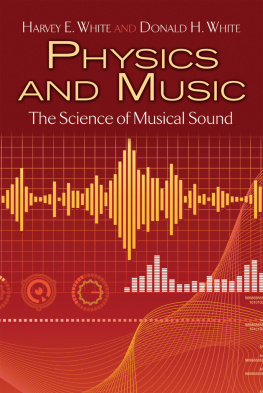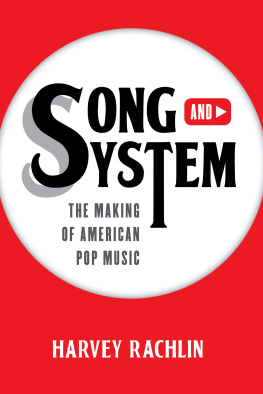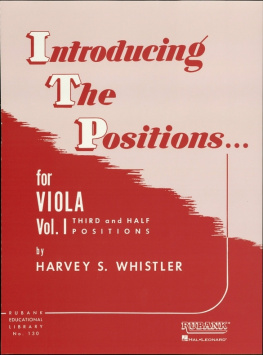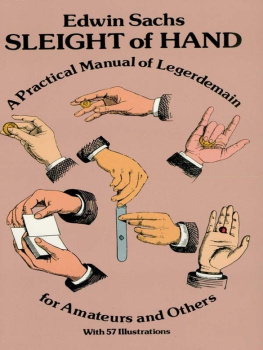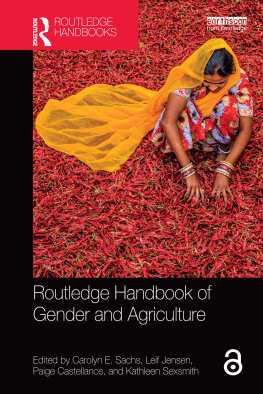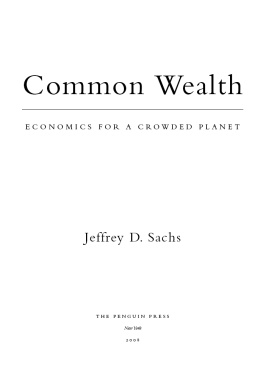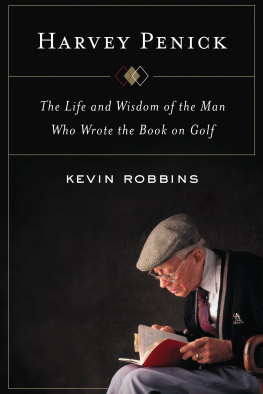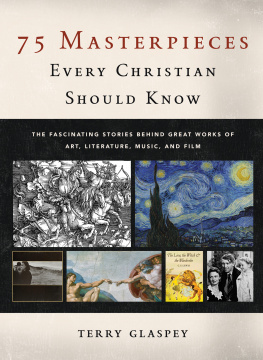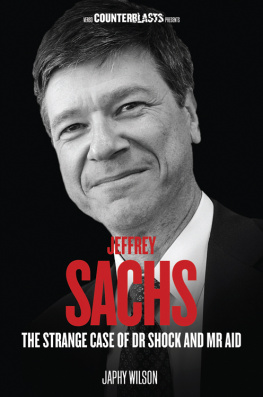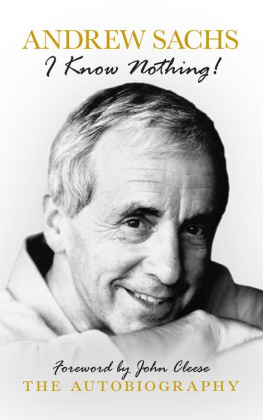Harvey Sachs - Ten Masterpieces of Music
Here you can read online Harvey Sachs - Ten Masterpieces of Music full text of the book (entire story) in english for free. Download pdf and epub, get meaning, cover and reviews about this ebook. year: 2021, publisher: Liveright, genre: Non-fiction. Description of the work, (preface) as well as reviews are available. Best literature library LitArk.com created for fans of good reading and offers a wide selection of genres:
Romance novel
Science fiction
Adventure
Detective
Science
History
Home and family
Prose
Art
Politics
Computer
Non-fiction
Religion
Business
Children
Humor
Choose a favorite category and find really read worthwhile books. Enjoy immersion in the world of imagination, feel the emotions of the characters or learn something new for yourself, make an fascinating discovery.

- Book:Ten Masterpieces of Music
- Author:
- Publisher:Liveright
- Genre:
- Year:2021
- Rating:3 / 5
- Favourites:Add to favourites
- Your mark:
- 60
- 1
- 2
- 3
- 4
- 5
Ten Masterpieces of Music: summary, description and annotation
We offer to read an annotation, description, summary or preface (depends on what the author of the book "Ten Masterpieces of Music" wrote himself). If you haven't found the necessary information about the book — write in the comments, we will try to find it.
Ten Masterpieces of Music — read online for free the complete book (whole text) full work
Below is the text of the book, divided by pages. System saving the place of the last page read, allows you to conveniently read the book "Ten Masterpieces of Music" online for free, without having to search again every time where you left off. Put a bookmark, and you can go to the page where you finished reading at any time.
Font size:
Interval:
Bookmark:
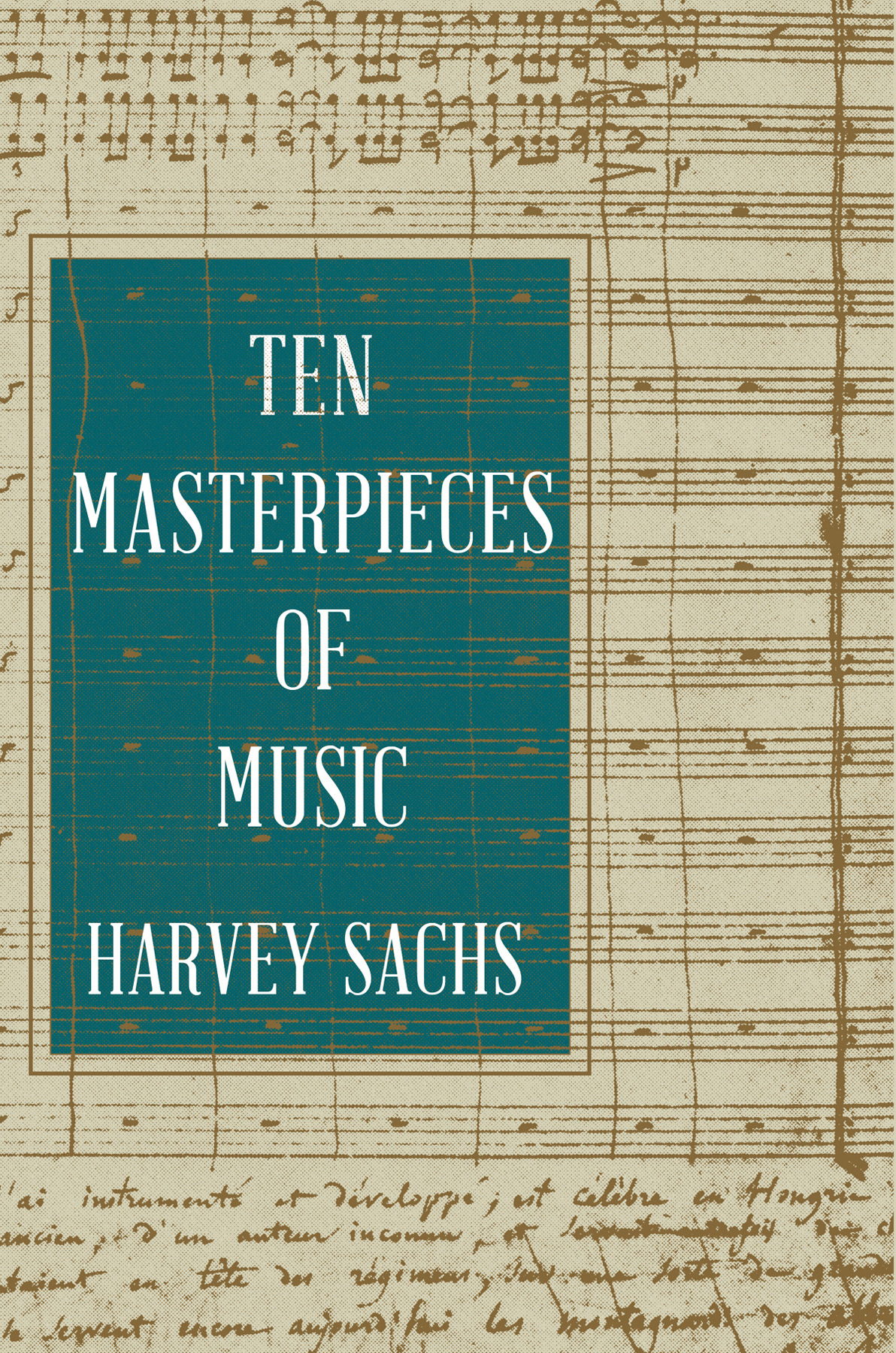


LIVERIGHT PUBLISHING CORPORATION
A Division of W. W. Norton & Company
Independent Publishers Since 1923
NEW YORKLONDON
In memory of Maurice Wolfson (19122007), who brought me to great music.
W HY DO SOME PIECES OF MUSIC survive while others fall into oblivion?
According to credible estimates, about two hundred residents of Vienna in the year 1800 were making at least part of their living as composers, but most music lovers today can name only two of them: Haydn and Beethoven. Similarly, in the 1850s dozens of Italian composers were writing operas for a national and international public that enthusiastically followed the latest trends in the lyric theater, yet how many nonspecialists in our time can think of any of them except Verdi?
I once raised this matter with Gianandrea Gavazzeni (19091996), an Italian conductor whose literary, historical, and philosophical interests were wide-ranging. I dont know whether Pagliacci, for instance, is beautiful or ugly, great or not great, Gavazzeni said. But I know that it is alivethat it has what Bergson called lan vitalthe life force. Many works may be well-made and highly interesting, but if that lan vital isnt bursting out of them, they wont last.
The ten extraordinary works that I have chosen to write about in this book all possess that life force. They have endured over decades and, in some cases, centuries, because they were created by people who had a gift for pulling music out of their deepest wellsprings. These composers absorbed experience and then transformed and communicated it through music. And through music they universalized the intimatebecause, after all, music grows out of an impulse to express what we sense about who and what we are. By heightening and sharpening our perceptions, music can stimulate or disturb our inmost being, just as it can bring us feelings of joy or solace. Sometimes it does all of these things and more within a few seconds.
I am not, however, proposing these works as candidates for classical musics Top Ten or because I love them more than I love many dozens of other pieces. My favorite piece by each of the composers featured here, and by many others as well, is usually the one that Im listening to or thinking about at any given time, whether its Alban Bergs Lyric Suite, the sextet from Donizettis Lucia di Lammermoor, or Bachs keyboard Partita in B-flat major. Ive chosen these ten pieces partly by chancebecause I happened to be thinking about them when I was deciding on this books repertoirebut primarily because I thought that I had something useful to say about them, about their composers, about how each piece fits into its composers life, and about how each of these lives fits into its time and place and into the continuum of Western musical history.
Difficult decisions had to be made, and I imagine that some readers will ask, Why didnt you include Composer X or Y or Z? In some cases, my reasons for those decisions were personal. For instance: I love the music of Monteverdi, Bach, Handel, and many other Baroque and earlier composers, but I feel too distant from the dominant mentality of pre-Enlightenment Europe to attempt the sort of mini-portrait that I will try to draw for each of the people represented in the following pages. In other cases, the reasons for my choices were practical: I excluded Chopin, Debussy, and Bartk, among others, in order not to exceed this volumes prescribed dimensions. And I wanted to avoid settling on one of the most often-performed works of each composer: no Eine kleine Nachtmusik of Mozart, no Beethoven Ninth Symphony (about which, in any case, I had already written a book), no Schubert Unfinished Symphony, no Verdi Aida, no Stravinsky Firebird. Most of the pieces I chose are well known, but not all of them are necessarily works with which most music lovers will be familiar.
Another important criterion was my wish to choose pieces in ten different genres. Thus, there are works for various numbers of performers: one (a piano sonata), two (a song cycle for solo voice plus piano), three (a piano-violin-cello trio), four (a string quartet), five (a string quintet), a symphony orchestra, and an orchestra plus one solo instrument. Also included are a religious work for orchestra plus chorus and vocal soloists, an opera, and a composition that defies categorizing, although it is sometimes performed as an oratorio and sometimes as an opera.
Many outstanding scholars have devoted their professional lives to the study of each of the composers discussed in the following chapters, and I am not attempting in any way to compete with their work. What I offer here is a glimpse of certain aspects of each of these ten musicians, with emphasis on a specific work in each ones output. Descriptions of those works form the centerpieces of the various chapters.
S INCE THE CHOICES I HAVE MADE for this book are personal, I want to say a few things about myself. For me and people like me, born into white, middle-class families in Middle America (in my case, Cleveland, Ohio) in the middle of the twentieth century, life seemed pretty good, on the whole, when we were children. Most of us did not experience war or famine, and our parents, whether they were white-collar or blue-collar workers, had jobs that paid at least enough to keep us housed, fed, clothed, and schooled. But in my early teens, just as I was beginning to question received opinions on religion, politics, race, and nearly everything else, and just as I was becoming aware of the Cold War and of the effects that a nuclear conflict would have on humanity, my desultory interest in piano lessons turned into a real passion for great music. My parents were encouraging but they were not involved with music, and it was thanks to Maurice Wolfson (to whom this book is dedicated), a family friend and a violinist in the Cleveland Orchestra, that I was able, from the age of twelve onward, to attend the rehearsals and performances of that magnificent ensemble under its then music director, George Szell. Somehow the simultaneous emotional and intellectual superimposition of art on all the other things that were rattling around in my brain created a sort of explosion in the adolescent me.
At the time, I didnt recognize, let alone understand, this conjunction; I knew only that I needed great, complex musicthat that music spoke to me, personally and directly. Only in my late teens, when I came across Nietzsches statement that beauty exists in order that we not perish through truth, did I grasp what had happened to me a few years earlier. Art provides, among much else, important methods for deceiving ourselves, for pretending that humanity counts for something in the cosmos, and for lightening and beautifying our awareness of our mortality. On the other hand, the most profound works of music, in particular, are complicated but direct communications that allow, or perhaps even constrain, our subconscious mind to explore our mortality. They are labyrinths in sound. This book begins with the elegantly inviting opening bar of Mozarts G major Piano Concerto and ends with the chilling chord of Death of Stravinskys Requiem Canticles, yet I maintain that every one of these works, including those that bring us face to face with our existences bleakest aspects, is life-giving and affirmative.
Font size:
Interval:
Bookmark:
Similar books «Ten Masterpieces of Music»
Look at similar books to Ten Masterpieces of Music. We have selected literature similar in name and meaning in the hope of providing readers with more options to find new, interesting, not yet read works.
Discussion, reviews of the book Ten Masterpieces of Music and just readers' own opinions. Leave your comments, write what you think about the work, its meaning or the main characters. Specify what exactly you liked and what you didn't like, and why you think so.

